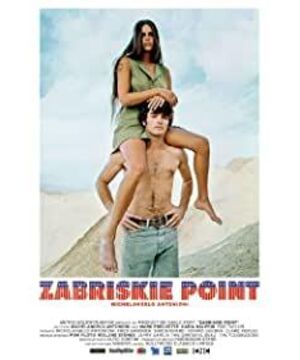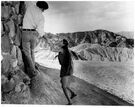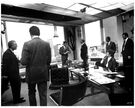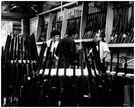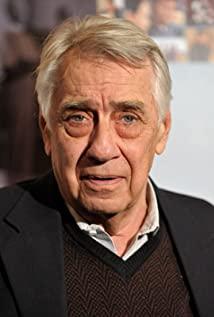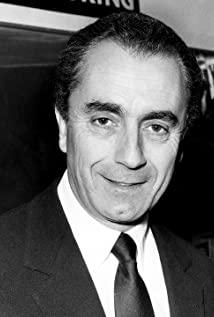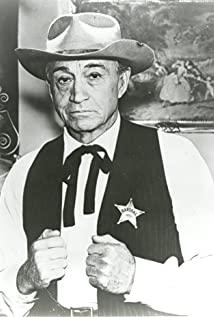With the final scene of Zabriskie Point, Michelangelo Antonioni made film
history. The main character Daria drives away from the villa into the desert.
Fantasy is overheating. Daria stops, gets out, and looks back angrily at this
stronghold of consumerism and commerce, now engulfed in a ball of fire.
Then the villa reappears and the spectacle repeats itself over and over again.
The embellishments of modern prosperity go up in the burning mushroom
cloud. The detonation of the outside world is the explosion of the imaginary.
Antonioni shows himself to be a resourceful “blaster,” staging a slow-motion
aesthetic of destruction. Freezer and television, clothes and whole interiors
disintegrate in one surreal movement. Through Daria's eyes, the audience
experiences the transformation of functional objects into useless fragments,
which rearrange themselves in bright spaces into wonderful images with
instinctive precision. The explosive effect is sublimated into an immaculate
execution of colors and forms. Several minutes later, the time-suspended
apocalypse reverts back to the desert landscape. Daria glances at the smoking
ruins, turns, starts the motor, and drives away into a red sunset.
Zabriskie Point was released in spring 1970 and was supposed to be
Antonioni's commercial triumph in the United States. Instead, it was a complete
disaster. It came to a conflict after the Metro Goldwyn Mayer film company
intervened in the soundtrack—which was especially important for the
director—adding the sugary Roy Orbison song “So Young” to the final scene,
with the car driving away against the red horizon. The contrast to Antonioni's
original intention to show an airplane writing "Fuck You America!" in the sky
at the end could not have been greater. In addition to this artistic nightmare,
the film was also a commercial flop. In 1968, at the start of filming, the images
had been in tune with the current mood, but by 1970 they no longer were.
The film encountered a wave of rejection and ridicule among the counterculture
and New Left, whose psychographics Antonioni had wanted to
express in emotional images. The accusation that Antonioni had copied elements
of avant-garde films and commercialized the counterculture's aesthetic
potential for Hollywood cut deep. The establishment also reproached
the film for its anti-American statements and filed several lawsuits, albeit
unsuccessfully.
Source: Jacob Tanner "Motion and Emotions" from "1968 in Europe: A Histroy of Protest and Activism, 1956-1977"
View more about Zabriskie Point reviews


